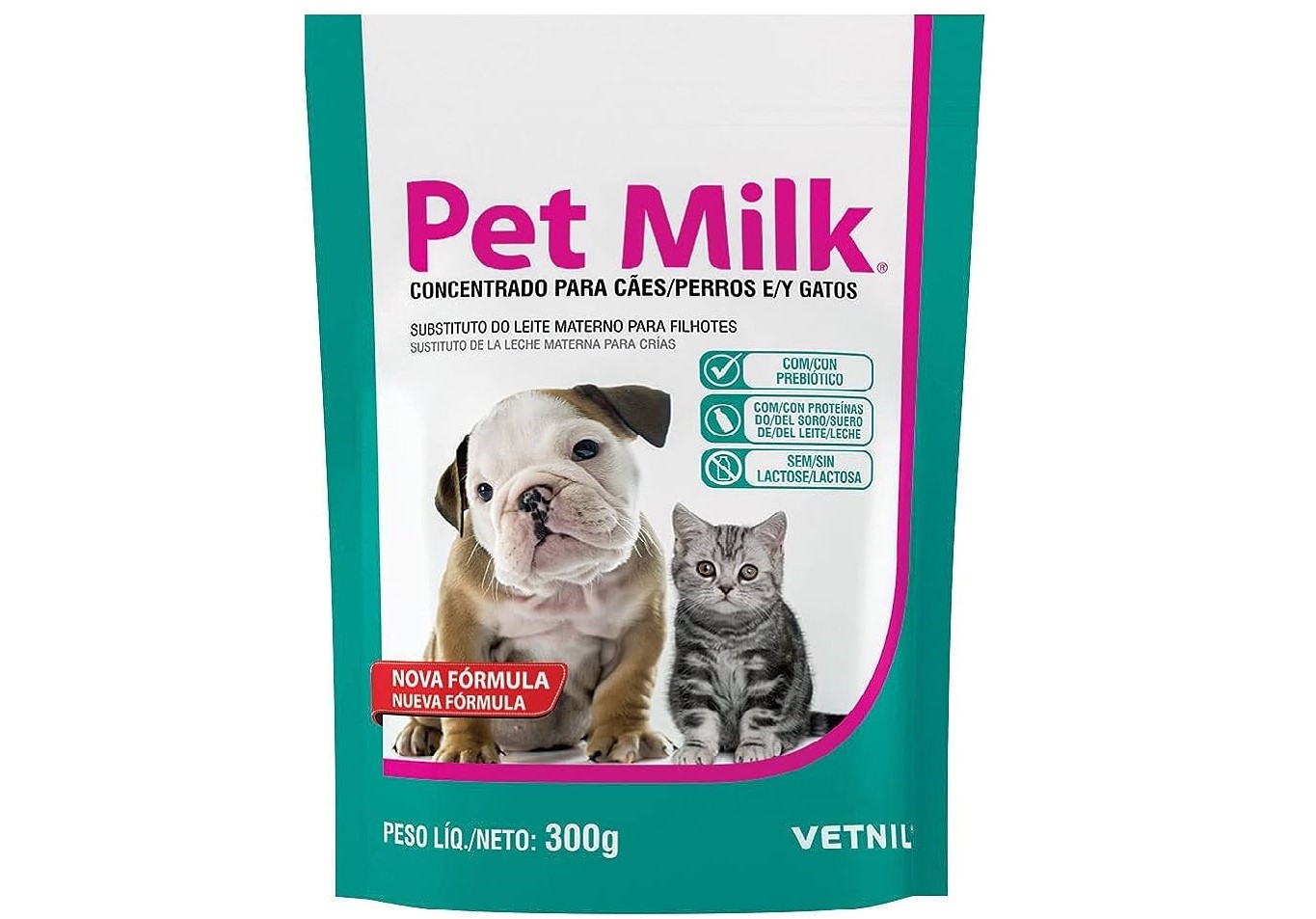

Articles
How To Store Pet Milk After Opening
Modified: January 7, 2024
Discover the best techniques for properly storing pet milk after opening in this informative article. Safely preserve the freshness and taste of your pet's milk with our expert tips.
(Many of the links in this article redirect to a specific reviewed product. Your purchase of these products through affiliate links helps to generate commission for Storables.com, at no extra cost. Learn more)
Introduction
When it comes to our beloved pets, we always strive to provide them with the best care and nutrition. In addition to their regular diet, many pet owners choose to supplement their furry friends’ meals with pet milk. Whether you use it as a treat, a training reward, or to entice a picky eater, pet milk can be a valuable addition to your pet’s diet.
However, once you open a container of pet milk, it’s important to properly store it to maintain its freshness and quality. Improper storage can lead to spoilage, loss of nutrients, and potential health risks for your pet.
In this article, we will delve into the strategies for storing pet milk after opening, ensuring its longevity and safety. We will explore the shelf life of pet milk, highlight the importance of proper storage, and provide valuable tips to keep your pet milk fresh and safe for your furry companion.
So, if you want to make the most out of your pet milk and keep it in optimal condition, read on to discover the best practices for storing pet milk after opening.
Key Takeaways:
- Proper storage of pet milk is crucial for maintaining its freshness, nutritional value, and safety. Refrigeration, airtight containers, and freezing are key strategies to ensure your furry friend enjoys delicious and safe milk.
- Labeling, date tracking, and avoiding light exposure are essential for preserving the quality of pet milk. Preventing contamination and using proper freezing techniques can extend the milk’s shelf life, providing convenience and peace of mind for pet owners.
Read more: How To Store Evaporated Milk After Opening
Understanding the Shelf Life of Pet Milk
Before we dive into the specifics of storing pet milk after opening, it’s essential to understand the shelf life of this product. Pet milk typically comes in containers that are specially designed for long-term storage.
The shelf life of pet milk can vary depending on several factors, such as the brand, packaging, and processing methods. It is important to refer to the manufacturer’s recommendations for the specific product you are using. However, in general, an unopened container of pet milk can remain fresh for several months when stored properly.
Once the bottle is opened, the shelf life significantly decreases. Pet milk is a perishable product and is susceptible to spoilage due to exposure to air and bacteria. The temperature and humidity conditions in which the milk is stored also play a crucial role in determining its shelf life.
Generally, after opening, pet milk can last anywhere from a few days to a couple of weeks. It’s important to keep a close eye on the milk’s appearance, smell, and texture to ensure it hasn’t gone bad. Reliable indicators of spoilage include a foul odor, curdling, or a separation of liquids.
Remember, the shelf life of pet milk can be influenced by various factors, so it’s always best to err on the side of caution and use your own judgment when deciding whether or not it’s still safe for your pet to consume.
Importance of Properly Storing Pet Milk
Properly storing pet milk is vital to maintain its quality, taste, and nutritional value. Here are a few key reasons why proper storage is crucial:
- Preserving Freshness: Proper storage helps to keep the pet milk fresh for longer periods. Storing it correctly prevents the growth of bacteria and molds, which can cause spoilage and affect the taste and smell of the milk.
- Retaining Nutritional Value: Pet milk is often fortified with essential nutrients to provide additional benefits to pets’ diets. By storing it properly, you can help retain the nutritional value of the milk and ensure your pet gets the maximum benefit from consuming it.
- Maintaining Safety: Proper storage practices minimize the risk of contamination and the growth of harmful bacteria. This is especially important if you have a sensitive pet or one with a weakened immune system.
- Cost Savings: By storing pet milk properly, you can avoid wastage and prevent the need to constantly purchase new containers. This helps save money in the long run while ensuring you always have fresh milk available for your pet.
- Promoting Pet’s Health: Pets are susceptible to digestive issues, and consuming spoiled milk can lead to stomach upset, vomiting, or diarrhea. By properly storing pet milk, you can protect your pet’s well-being and avoid unnecessary discomfort.
Overall, proper storage of pet milk is essential for maintaining its integrity, extending its shelf life, and ensuring your pet’s safety and well-being. Let’s explore some effective tips for storing pet milk after opening to keep it fresh and safe for your furry friend.
Tips for Storing Pet Milk After Opening
After opening a container of pet milk, it’s crucial to take proper steps to store it correctly and ensure its freshness and safety. Here are some effective tips to help you store pet milk after opening:
- Refrigeration: Always store opened pet milk in the refrigerator. The cool temperature helps slow down the growth of bacteria and prevents spoilage. Ensure that the refrigerator is set at a temperature below 40 degrees Fahrenheit (4 degrees Celsius) for optimal storage.
- Use Airtight Containers: Transfer the pet milk into a clean, airtight container after opening. This helps to preserve its freshness and prevent any odors from affecting the milk. Make sure the container is specifically designed for storing liquids and has a secure lid to prevent any leakage.
- Labeling and Date Tracking: It’s essential to label the container with the date of opening. This will help you keep track of how long the milk has been stored and determine its freshness. Stick a small label or use a marker to write the date on the container.
- Avoid Exposure to Light: Pet milk should be stored in a dark place or a container that is opaque to limit exposure to light. Light can cause the breakdown of nutrients and can contribute to spoilage.
- Avoid Contamination: Always ensure that the containers, lids, and any utensils used for handling pet milk are clean and sanitized. Contaminated surfaces can introduce bacteria and contribute to spoilage. Avoid using your hands to scoop or pour the milk; instead, use a clean spoon or measuring cup.
- Freezing Pet Milk: If you find that you won’t be able to consume the pet milk within a few days of opening, it’s a good idea to freeze the milk in small portions. Freezing can extend its shelf life for several months. Use freezer-safe containers or ice cube trays for portioning, and make sure to label each container with the date to keep track of freshness.
By following these tips, you can ensure that your pet milk stays fresh, safe, and full of nutritional value. Remember to exercise caution and use your judgment when deciding if stored pet milk is still suitable for consumption, particularly if it has been stored for an extended period.
Proper storage practices not only protect your pet’s health but also help you make the most out of your pet milk investment. Now that you’re equipped with the knowledge of how to store pet milk after opening, you can enjoy the benefits it brings to your furry friend’s diet with confidence.
Refrigeration
One of the most important tips for storing pet milk after opening is to refrigerate it promptly. Refrigeration helps maintain a cool temperature that slows down bacterial growth and preserves the milk’s freshness. Here are some key points to keep in mind when refrigerating pet milk:
- Timing: Transfer the pet milk to the refrigerator as soon as possible after opening. Leaving it at room temperature for extended periods can lead to bacterial growth and spoilage. Aim to refrigerate the milk within a maximum of two hours after opening.
- Temperature: Set your refrigerator’s temperature to below 40 degrees Fahrenheit (4 degrees Celsius). This temperature range inhibits the growth of bacteria while keeping the milk at an optimal coolness.
- Designated Storage Area: Choose a designated spot in your refrigerator to store the pet milk. This ensures that it is not exposed to other potentially contaminating foods and helps you locate it easily whenever needed.
- Proper Placement: Keep the pet milk away from the door of the refrigerator, as this area is subject to temperature fluctuations when the door is opened frequently. Place the milk towards the back of the refrigerator, where the temperature is more consistent.
- Separate Containers: If you transfer the pet milk into a different container, make sure it’s airtight and leak-proof. This prevents any contamination from other foods or odors in the refrigerator.
Remember to use your senses to determine if the refrigerated pet milk is still fresh. Check for any unusual odors or changes in color or consistency. If the milk appears spoiled, has a foul smell, or shows signs of curdling, it’s best to discard it to avoid any potential health risks for your pet.
By following these guidelines for refrigeration, you can ensure that your pet milk remains fresh and safe for your furry companion to enjoy.
Read more: How To Store Powdered Milk After Opening
Use Airtight Containers
Using airtight containers is another crucial tip for properly storing pet milk after opening. Airtight containers help maintain the quality and freshness of the milk while minimizing the risk of contamination. Consider the following points when choosing and using airtight containers:
- Select the Right Containers: Opt for containers specifically designed for storing liquids. Look for containers that have a secure and tight-fitting lid to prevent any air from entering and spoilage from occurring.
- Transfer the Milk: After opening the pet milk, transfer the remaining portion into an airtight container. This helps protect it from exposure to air and potential contaminants.
- Choose the Appropriate Size: Select a container that can snugly accommodate the amount of pet milk you have. Choosing a container that leaves minimal empty space helps reduce the air contact and oxidation of the milk.
- Avoid Plastic Bags: While plastic bags may seem like a convenient storage option, they are not the best choice for storing pet milk. Plastic bags are not airtight and can easily tear or leak, leading to spoilage and potential messes in your refrigerator.
- Clean and Sanitize: Before transferring the milk to a new container, ensure that it is clean and sanitized. Wash the container with warm soapy water, rinse it thoroughly, and let it air dry. This helps eliminate any potential bacteria that could contaminate the milk.
Remember to label the airtight container with the date of transfer to keep track of how long the milk has been stored. This will help you monitor its freshness and determine if it’s still suitable for your pet to consume.
Using airtight containers not only helps maintain the freshness of the pet milk but also prevents any unwanted odors from affecting the milk’s taste and smell. By investing in high-quality airtight containers, you can ensure that your pet milk stays delicious and safe for your furry friend.
After opening, store pet milk in an airtight container in the refrigerator. Use it within 3-5 days for best quality and freshness.
Labeling and Date Tracking
Labeling and date tracking are essential practices when storing pet milk after opening. Properly labeling the containers helps you keep track of the milk’s freshness and ensures that you use it within the recommended timeframe. Here are some tips for effective labeling and date tracking:
- Labeling: Use adhesive labels or waterproof markers to clearly label each container of pet milk. Include the date of opening, as well as any additional information you find necessary, such as the brand or type of milk.
- Date Tracking: It’s important to keep track of how long the pet milk has been stored in the refrigerator. This will help you determine if it’s still safe for consumption. Develop a system to ensure that the oldest milk is used first.
- Visible Placement: Place the labeled containers in a visible area of your refrigerator. This will serve as a reminder to consume the oldest milk first and avoid any wastage of the product.
- Regular Inventory Check: Regularly check the labeled containers to ensure that the milk hasn’t exceeded its recommended storage duration. This will help you identify any containers that need to be consumed or discarded to maintain freshness.
- Rotating Stock: When you purchase a new container of pet milk, make sure to place it behind the older ones in the refrigerator. This ensures that the older milk is used first, minimizing waste and ensuring that you always have fresh milk available.
By implementing a labeling and date tracking system, you can easily keep track of the freshness of the pet milk and use it within a safe timeframe. This helps ensure that your furry companion is consuming milk that is both delicious and safe for consumption.
Remember, it’s always better to be cautious when it comes to the freshness and safety of pet milk. If there are any doubts about the milk’s quality, it’s best to err on the side of caution and discard it to avoid any potential risks to your pet’s health.
Avoid Exposure to Light
When storing pet milk after opening, it’s important to protect it from exposure to light. Light can degrade the milk’s quality, causing it to lose nutritional value and potentially spoil more quickly. Follow these tips to avoid light exposure:
- Choose Opaque Containers: Use containers that are opaque or light-resistant to store pet milk. These containers block out light and provide an added layer of protection against light-induced degradation.
- Store in a Dark Place: Place the containers of pet milk in a dark area of your refrigerator, away from light sources such as bright overhead lights or sunlight. This helps minimize the exposure to light and maintains the milk’s quality.
- Avoid Transparent Containers: Transparent containers, such as glass bottles, may look aesthetically pleasing, but they allow light to penetrate and affect the milk. Opt for non-transparent containers or wrap transparent bottles in aluminum foil or a light-blocking material to shield them from light.
- Keep Refrigerator Door Closed: Regularly opening and closing the refrigerator door exposes the milk to light each time. Minimize unnecessary exposure by minimizing the number of times you open the door and keeping it closed as quickly as possible.
- Check for Light Leakage: Inspect your refrigerator for any light leakage. If you notice any cracks in the door seal or gaps around the door, it may be allowing light to enter. Consider getting the seal repaired or adjusting the door to ensure a tight seal.
Avoiding exposure to light helps preserve the pet milk’s taste, nutrients, and overall quality. By taking these precautions, you can ensure that your pet milk remains fresh and beneficial for your furry friend to enjoy.
Remember, even though light exposure can impact the quality of pet milk, it’s essential to consider other factors such as temperature and the milk’s overall condition. Always use your judgment and examine the milk for any signs of spoilage before feeding it to your pet.
Avoid Contamination
Preventing contamination is crucial when storing pet milk after opening. Contamination can lead to the growth of harmful bacteria, spoilage, and potential health risks for your pet. Follow these tips to avoid contamination:
- Clean Hands: Before handling the pet milk or transferring it to a new container, wash your hands thoroughly with soap and warm water. This helps remove any bacteria or dirt that could contaminate the milk.
- Sanitize Containers and Utensils: Ensure that the containers, lids, and any utensils used for measuring or pouring the milk are clean and sanitized. Wash them with hot soapy water and rinse thoroughly before use.
- Use Dedicated Utensils: Avoid using your hands to scoop or pour pet milk. Instead, use clean spoons, measuring cups, or dedicated utensils for handling the milk. This helps minimize the risk of introducing bacteria from your hands into the milk.
- Avoid Cross-Contamination: Be cautious of cross-contamination by keeping pet milk away from other food items in the refrigerator. Store it in a separate area to prevent any potential transfer of bacteria or odors.
- Keep Surfaces Clean: Wipe down any surfaces that come into contact with the pet milk, such as countertops or the rim of the milk container. Regularly sanitize these surfaces to minimize the presence of harmful bacteria.
- Dispose of Spoiled Milk: If you notice any signs of spoilage, such as a foul odor, curdling, or unusual texture, discard the pet milk immediately. Consuming spoiled milk can pose health risks to your pet.
By following these contamination prevention practices, you can ensure that your pet milk remains free from harmful bacteria and maintains its quality. These simple steps help safeguard the health and well-being of your furry companion.
Remember, pets can be more susceptible to foodborne illnesses compared to humans, so it’s important to take extra precautions to prevent any contamination that could cause harm to your beloved pet.
Read more: How To Store Condensed Milk After Opening
Freezing Pet Milk
Freezing pet milk is a useful strategy to extend its shelf life beyond the normal refrigeration period. Freezing helps preserve the freshness and quality of the milk, allowing you to have a supply on hand for an extended period. Follow these tips for freezing pet milk:
- Portioning: Divide the pet milk into smaller portions before freezing. This allows you to thaw only the amount you need and prevents the need to refreeze the entire batch repeatedly, which can compromise the milk’s quality.
- Freezer-Safe Containers: Use containers that are specifically designed for freezing liquids. Choose containers that are airtight, leak-proof, and made of a material suitable for freezer use, such as plastic freezer bags or freezer-safe containers. Ensure that the containers are labeled with the contents and date.
- Leave Room for Expansion: Leave some space at the top of the container when filling it with pet milk. As liquids freeze, they expand, and leaving adequate headspace prevents the containers from bursting or leaking.
- Label and Date: Label each container with the date of freezing to keep track of its freshness. This will help you rotate your stock and use the oldest milk first.
- Thawing Properly: When it’s time to use the frozen pet milk, thaw it in the refrigerator. Slow thawing in the refrigerator ensures a gradual temperature change, which helps maintain the milk’s quality. Avoid thawing at room temperature or using a microwave, as these methods can unevenly heat the milk or cause it to become too warm.
- Use Within a Reasonable Timeframe: Once thawed, use the pet milk within a reasonable period. While frozen milk can retain its safety and quality for an extended period, it’s best to use it within a few days to maintain its freshness.
By following these guidelines, you can effectively freeze pet milk and extend its shelf life. Freezing is a convenient method that allows you to stock up on pet milk without worrying about it spoiling quickly.
However, it’s important to note that freezing may cause a slight change in the milk’s texture or consistency. While the taste and nutrients are generally preserved, you may notice some separation or texture changes upon thawing. Give the thawed milk a gentle shake or mix before feeding it to your pet to distribute any separated solids.
With proper freezing and thawing techniques, you can ensure that your pet milk remains safe, delicious, and readily available for your furry friend’s enjoyment.
Conclusion
Properly storing pet milk after opening is vital to maintain its freshness, nutritional value, and safety for your furry companion. By following the tips provided in this article, you can ensure that your pet milk remains in optimal condition for an extended period of time.
Understanding the shelf life of pet milk, the importance of proper storage techniques, and the strategies for refrigeration, using airtight containers, labeling and date tracking, avoiding light exposure, preventing contamination, and freezing, you can adopt practices that will keep your pet milk fresh and safe.
Refrigeration is key to slowing down the growth of bacteria, while airtight containers protect the milk from exposure to air and contaminants. Labeling and date tracking allow you to keep an eye on the milk’s freshness, and avoiding light exposure preserves its quality. Preventing contamination ensures that your pet milk remains safe for consumption, and freezing extends its shelf life for your convenience.
Always remember to use your senses and judgment when assessing the freshness and safety of pet milk. If you notice any signs of spoilage, such as an off smell, curdling, or changes in appearance, it’s best to err on the side of caution and discard the milk to avoid any potential health risks for your pet.
By implementing these storage tips and techniques, you can ensure that your pet milk stays delicious, fresh, and nutritious, providing your furry companion with the best possible care and nutrition.
So, go ahead and apply these practices to store your pet milk properly. Your furry friend will thank you for it!
Frequently Asked Questions about How To Store Pet Milk After Opening
Was this page helpful?
At Storables.com, we guarantee accurate and reliable information. Our content, validated by Expert Board Contributors, is crafted following stringent Editorial Policies. We're committed to providing you with well-researched, expert-backed insights for all your informational needs.
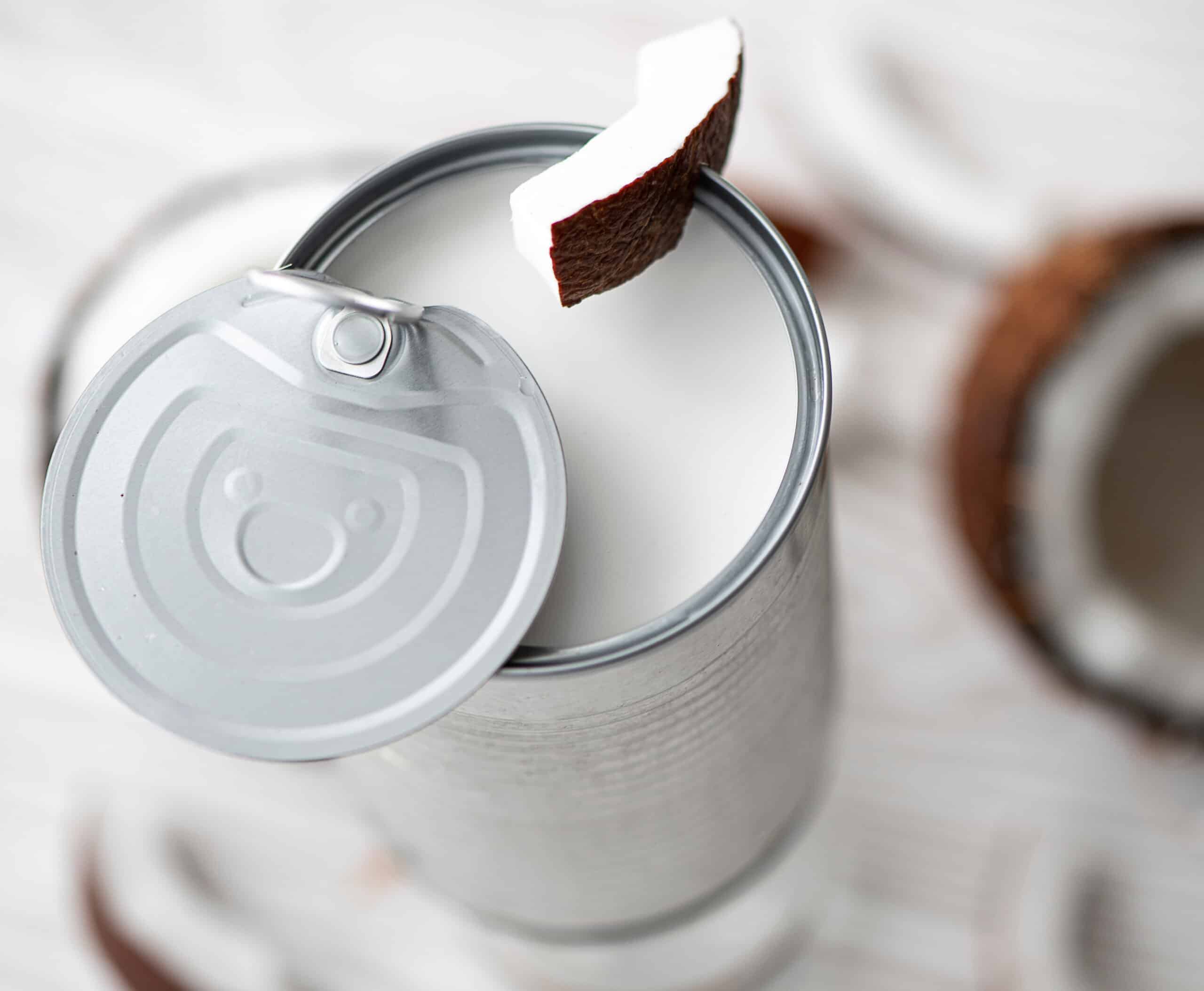
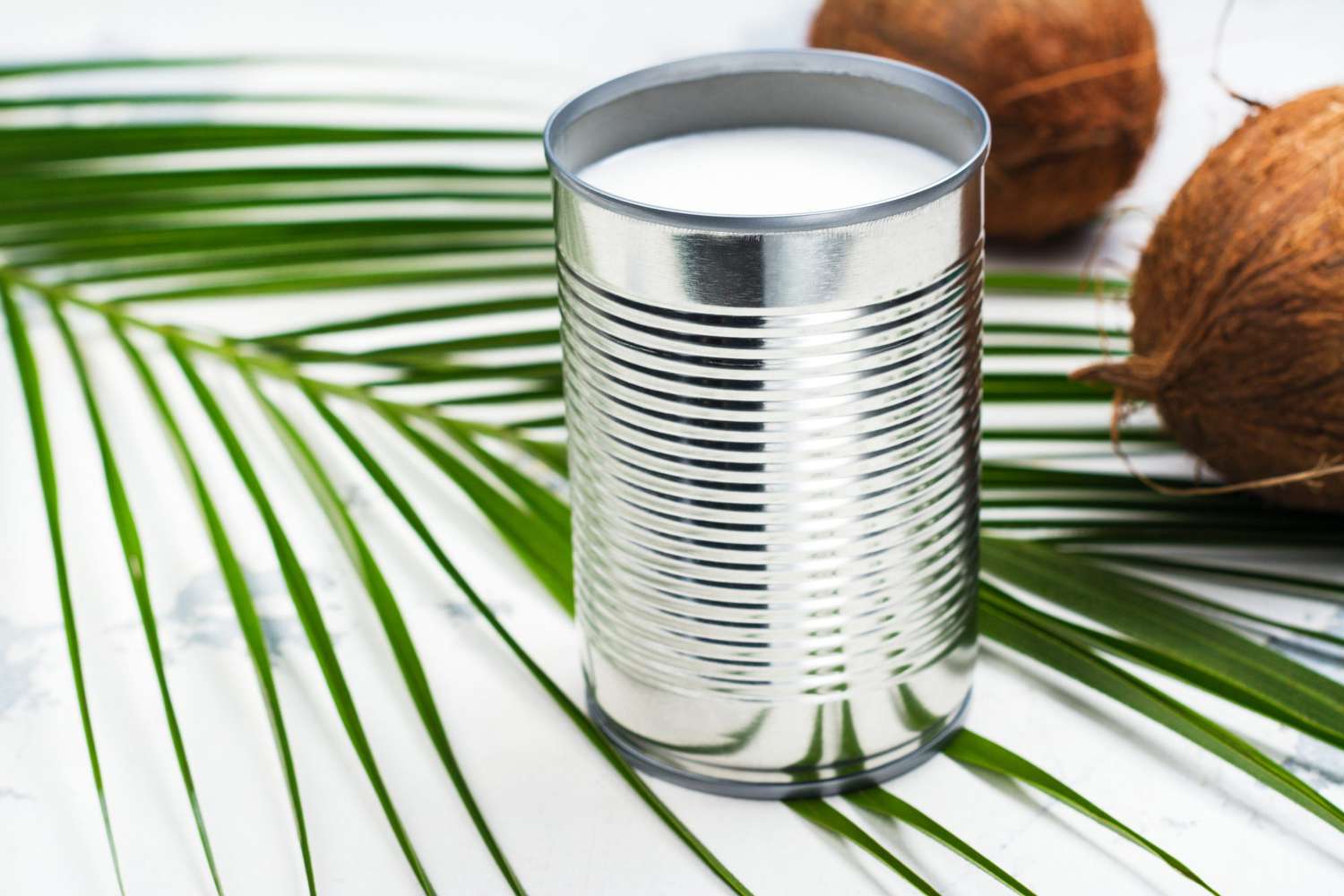
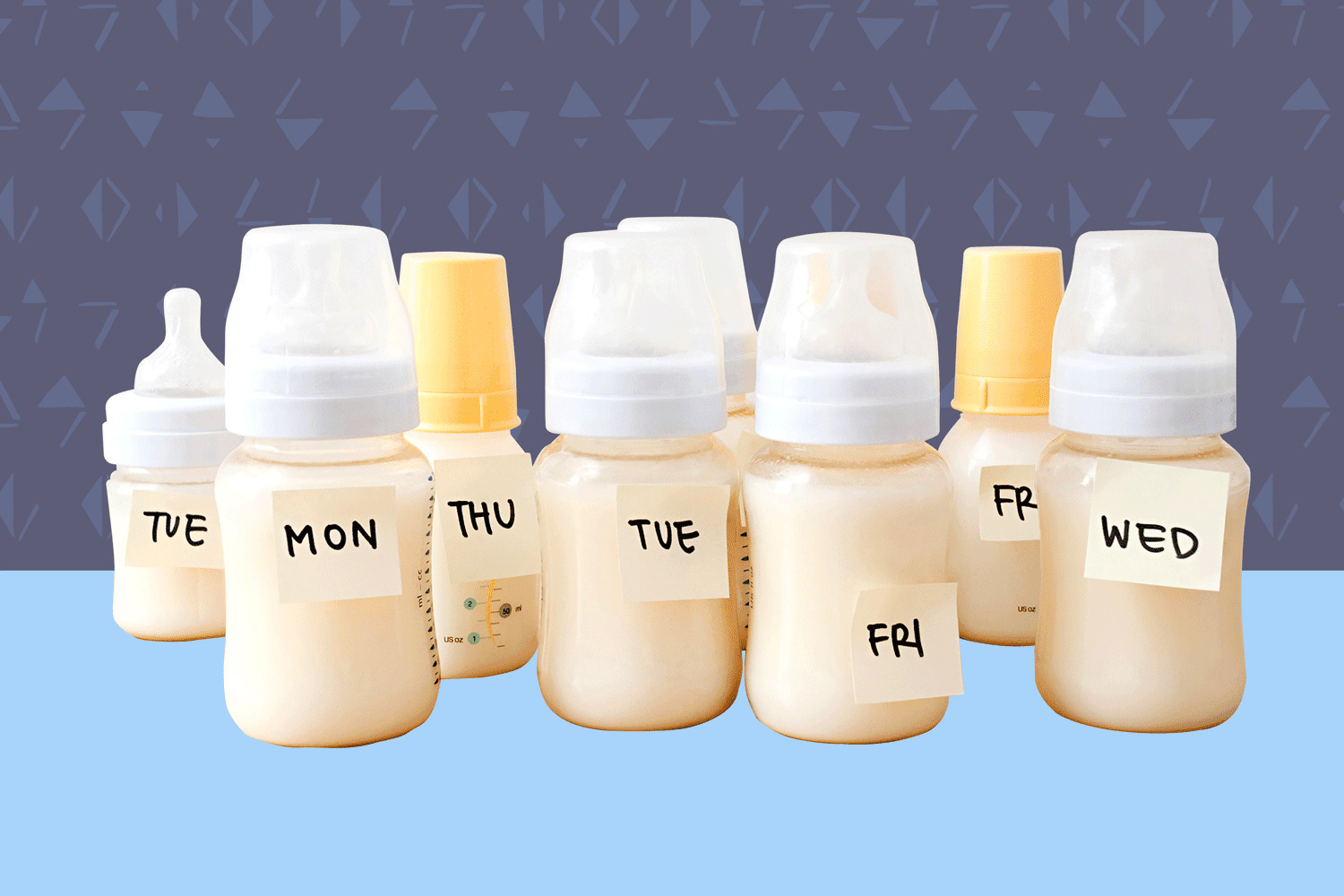
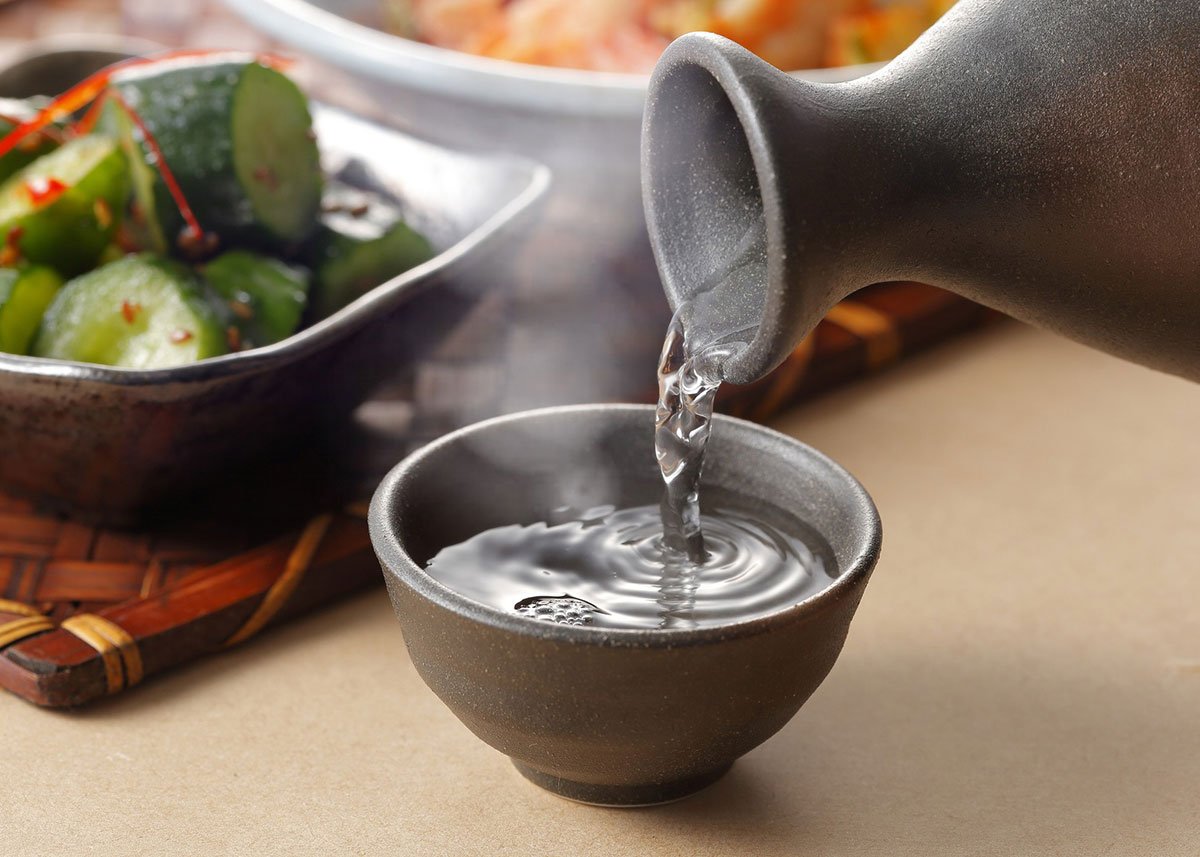
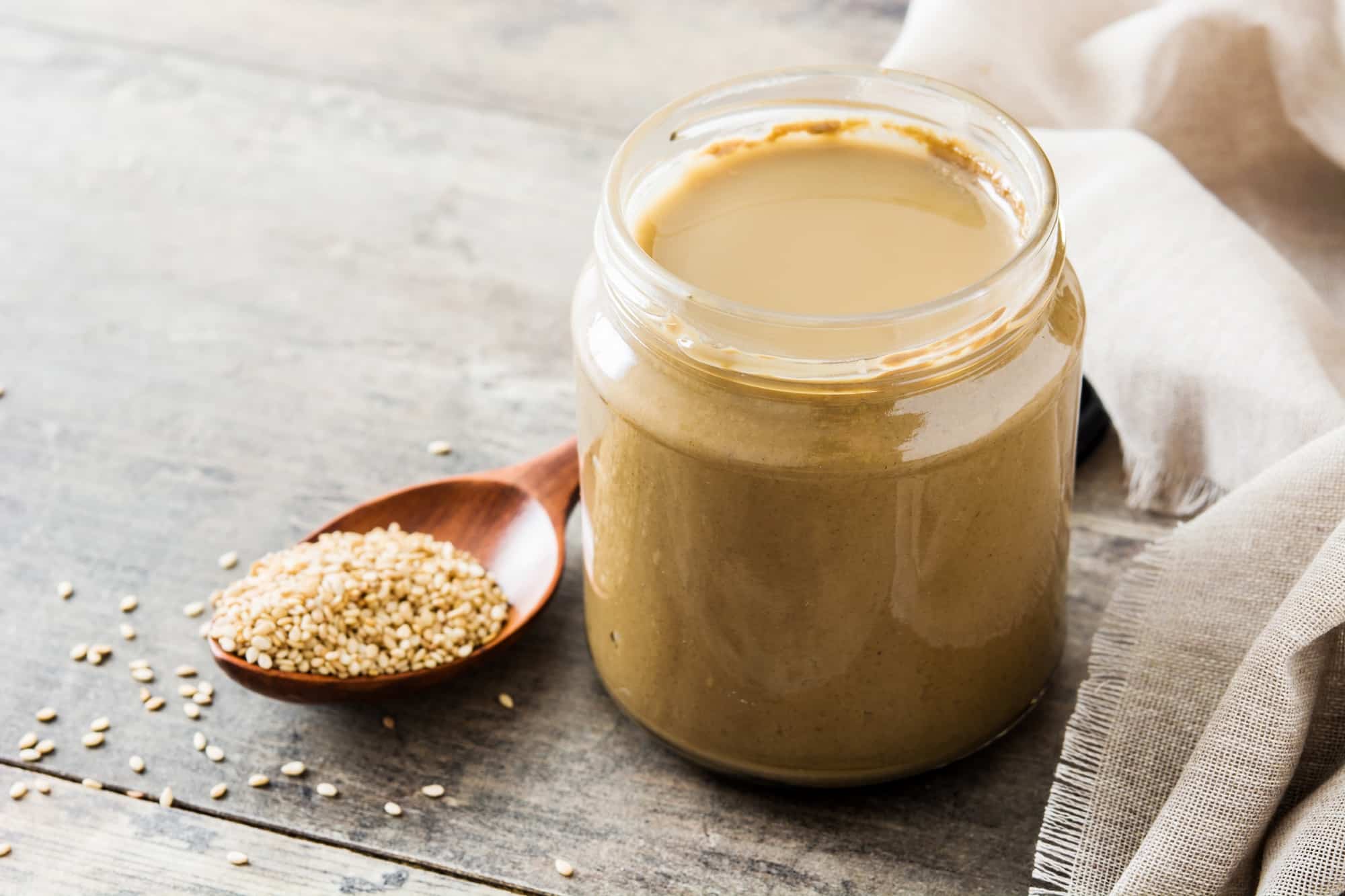
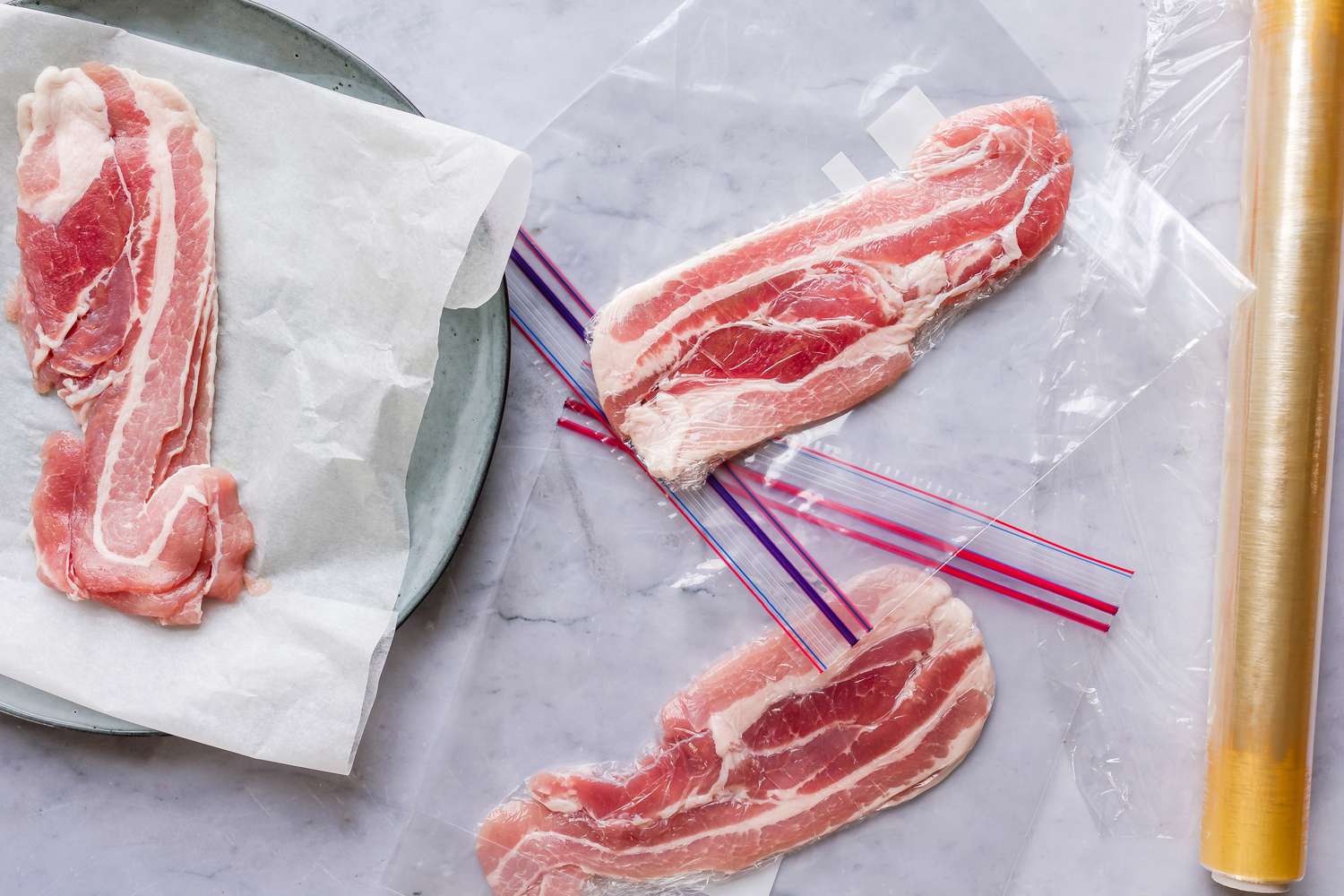
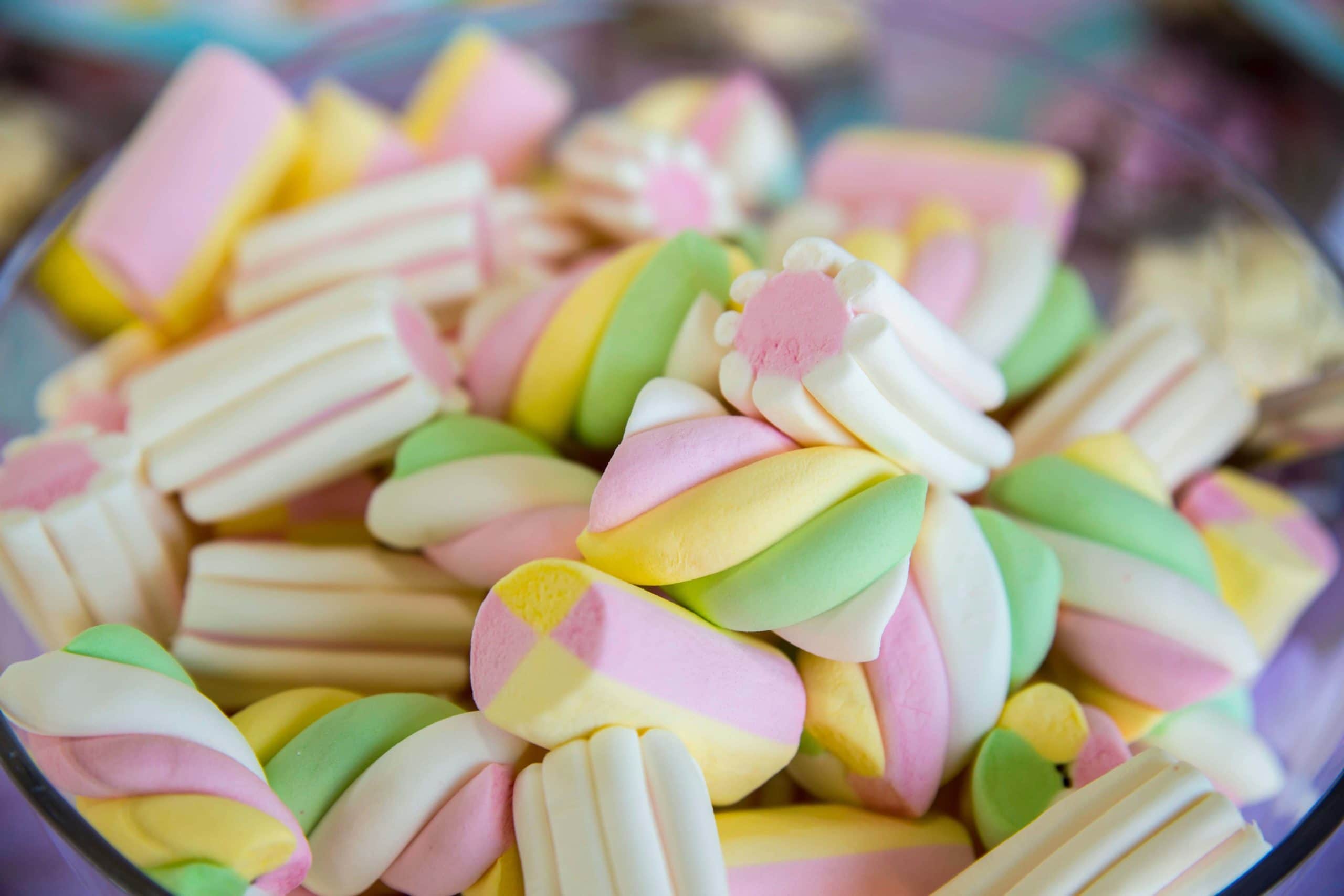

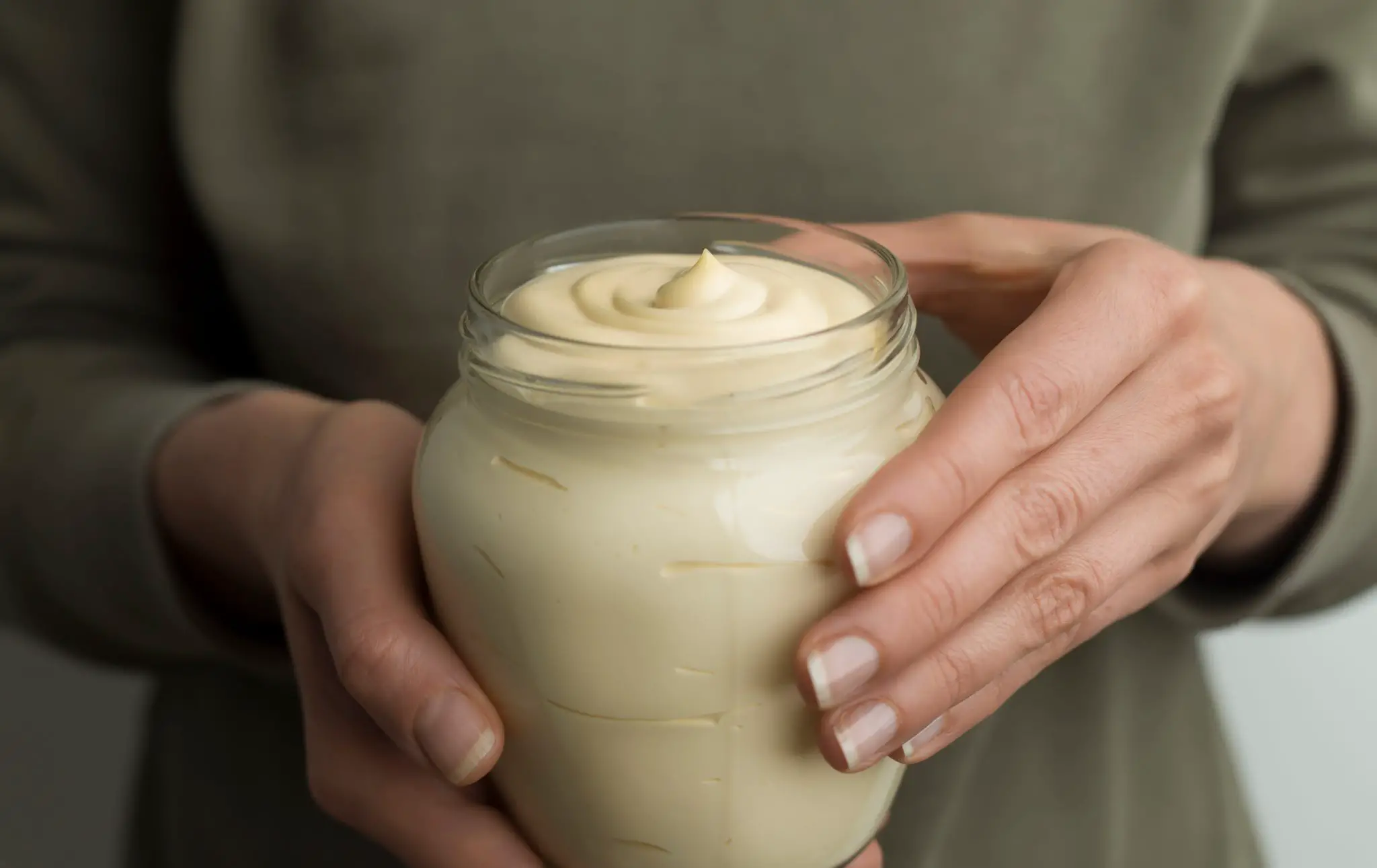
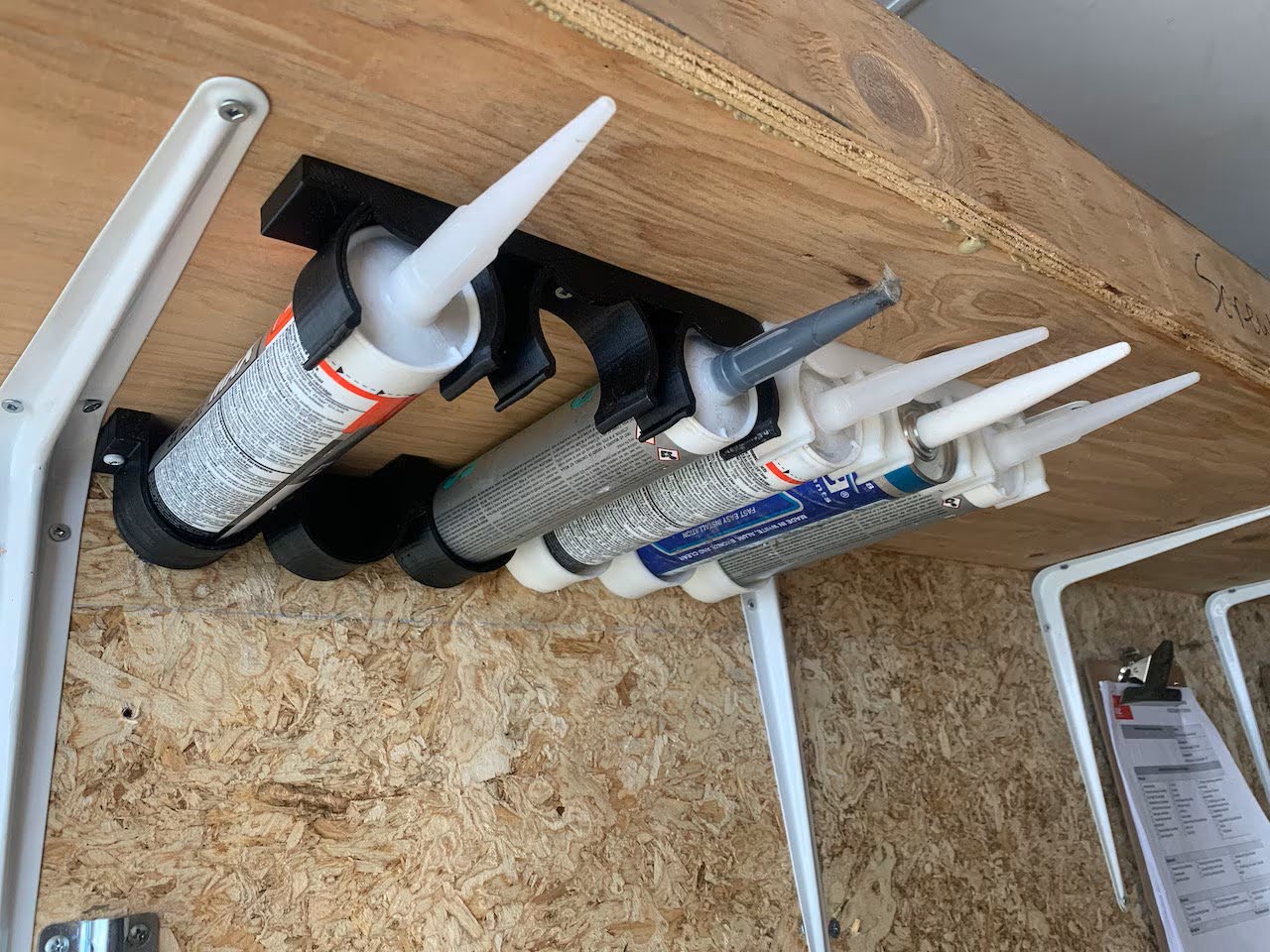
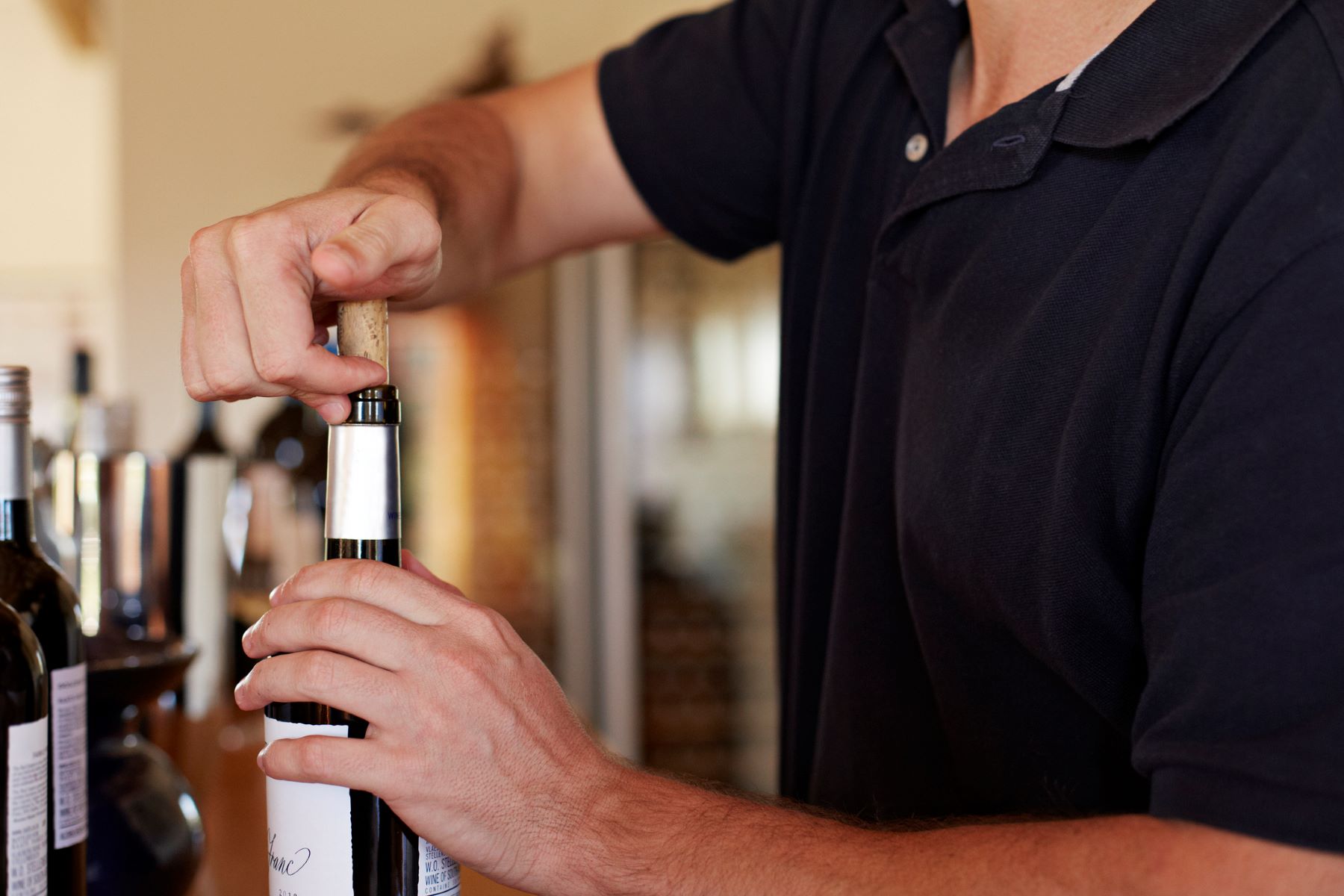

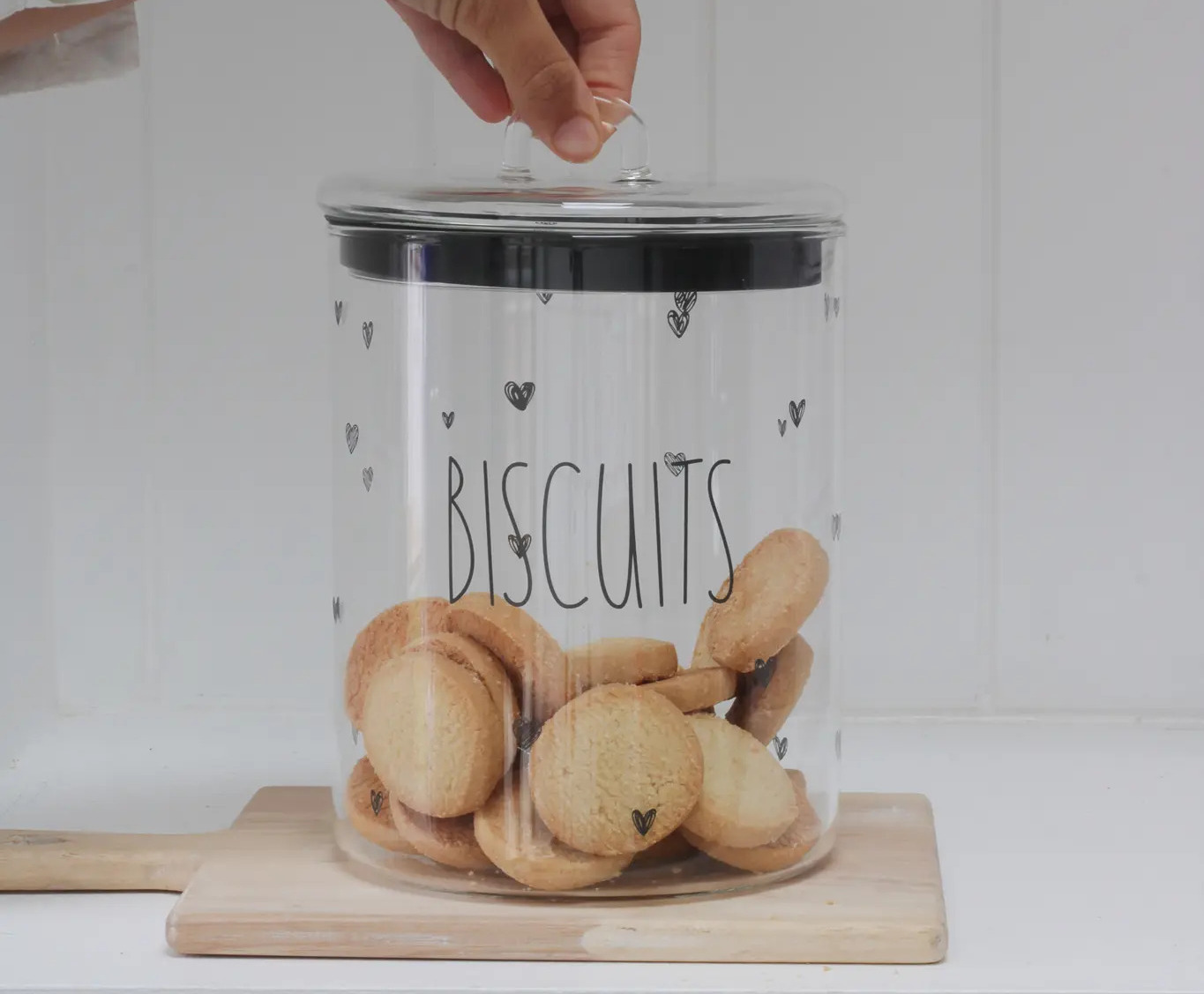

0 thoughts on “How To Store Pet Milk After Opening”